Meta and LG are coordinating the development of a new mixed reality headset, the Meta Quest Pro 2, which is said to be launched in early 2025. Meta may be one of the biggest names in VR and MR, but it has a lot of hurdles to overcome before the Pro launches. 2 can properly challenge Apple Vision Pro.
The 2022 Meta Quest Pro was ahead of its time. While we praise its design, both the hardware and software are premature for a $1,500 device that’s intended to be worn all day long as a laptop replacement and is selling in Its price dropped quickly after the downturn.
This year’s Vision Pro has made more people willing to spend a lot of money to buy XR headphones, but it also means that competition has become more intense. With the launch of the Samsung XR headset, Sony XR headset, and other devices, the Meta can no longer enjoy the same market dominance in VR gaming as the Quest 2 and 3.
That’s why the Quest Pro 2 has to really impress to justify its alleged $2,000 price tag — significantly less than the Vision Pro, but still much more than most people are willing to pay .Here’s our wish list of Meta Quest Pro 2 features and specs, plus our thoughts on the Pro 2 Purpose should.
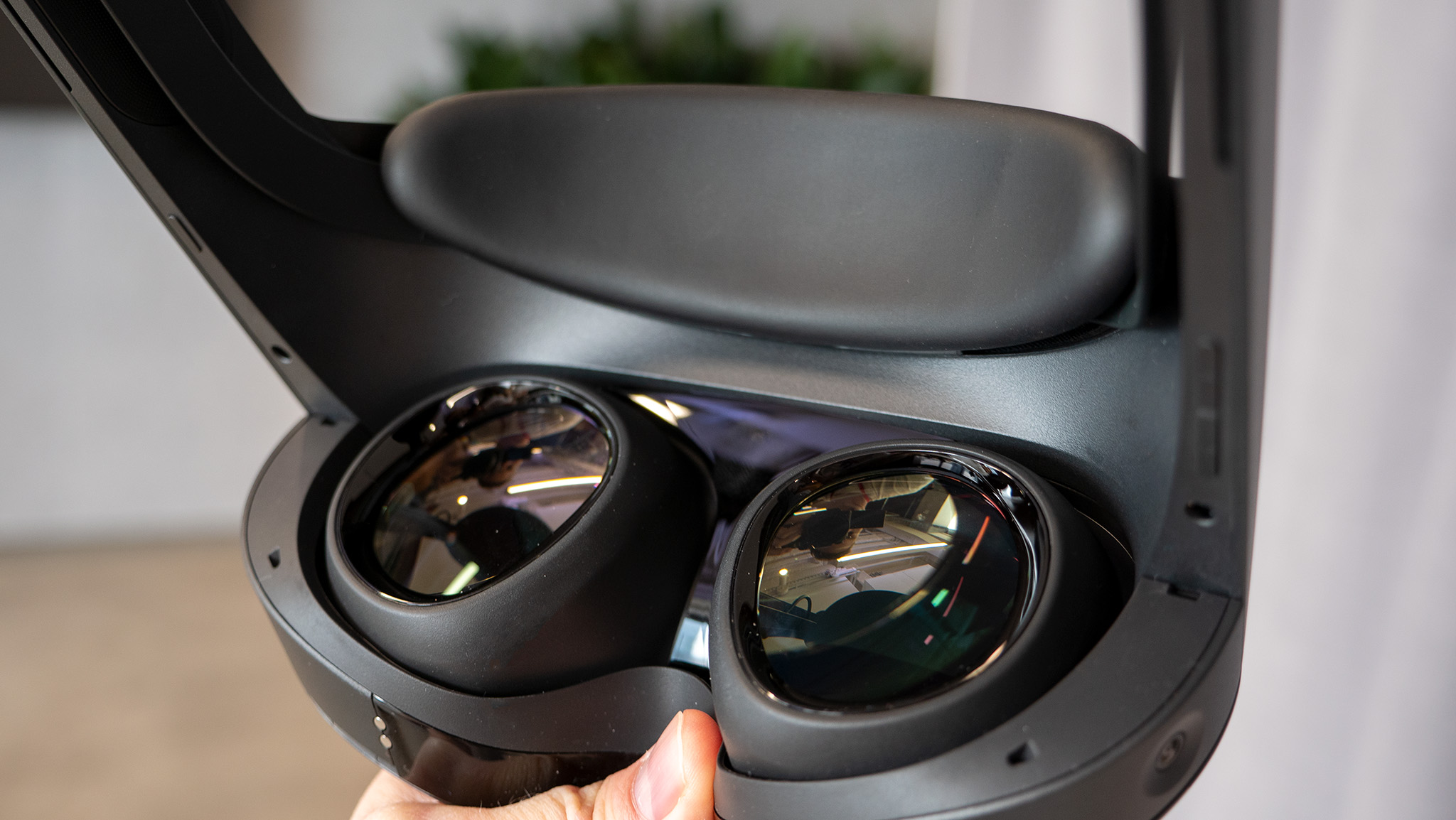
We know that LG and Meta are working together, with Meta providing its AI technology to LG TVs, and LG working on the development of next-generation XR devices. They didn’t specify which devices, but behind the scenes, reports suggested that LG would make the Quest Pro 2.
LG’s involvement makes us hopeful that the build quality will be better than the first-generation Pro. We’ve also heard rumors that it will feature an LG-made OLED microdisplay, an operating system based on LG’s WebOS (currently used on its TVs), cost $2,000, and have a release date of early 2025.This is all speculation, but it’s true convincing guess!
We’re more certain that the Meta will use a Snapdragon chip, just like other Quest headsets. The most likely candidate is the Snapdragon XR2+ Gen 2, as we know Samsung will be using the same chip in its XR headphones.
According to Qualcomm, it can support a maximum resolution of 4,300 x 4,300 per eye, which would crush the original Quest Pro (1800 x 1920) and even beat the Vision Pro (3660 x 3200). It also supports up to 12 cameras, which will help restore the Quest Pro’s internal face and eye-tracking cameras.
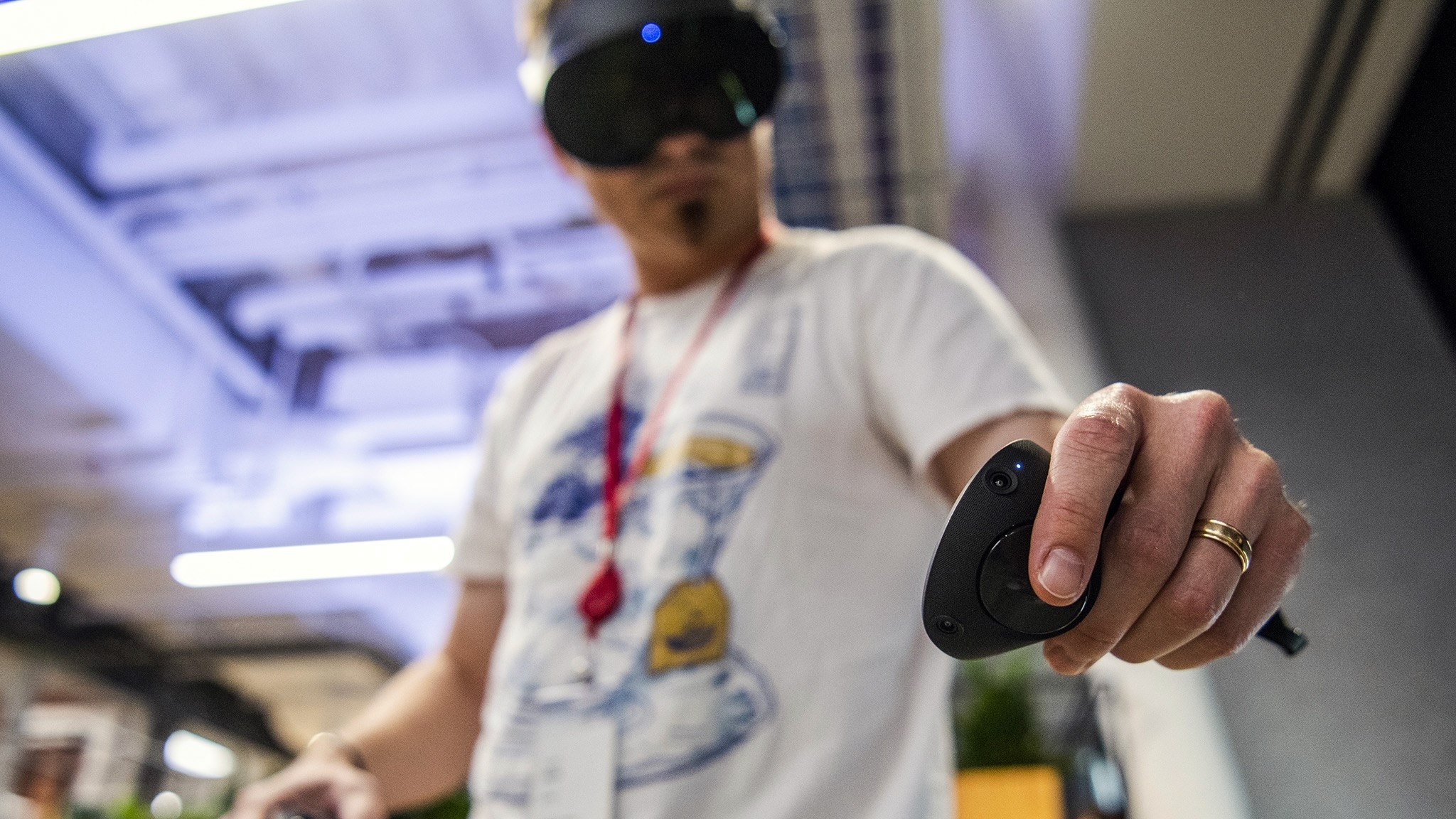
Not surprisingly, Mark Zuckerberg recently gave a negative review of the Apple Vision Pro, and during the discussion, he dropped some hints on what to expect from the Quest Pro 2. Specifically, he said they plan to bring back eye-tracking and better hand tracking controls, both highlights of the Vision Pro.
He also said that they will be bringing back physical controllers, which will be a relief for people who prefer the self-tracking Quest Pro controllers. Instead of always having your hands in the frame and letting the Vision Pro camera capture your gestures, you can keep your hands comfortably at your sides, out of sight.
Beyond that, we can look to the first Quest Pro to get an idea of what the Quest Pro 2 should have: at least 12GB of RAM and 256GB of storage, face and eye tracking for realistic avatars, integrated speakers, and a wireless design.
Quest Pro 2 isn’t as heavy as its predecessor
If the Quest Pro 2 has any chance of success, it needs to be lighter and designed more for comfort than style. Although the Quest Pro is comfortable for short periods of use, at 722 g / 1.6 lbs, it’s too heavy for all-day use. For context, the Apple Vision Pro weighs approximately 625 grams, with the battery pack weighing 353 grams.
Meta’s design features are closely tied to its wireless nature. Can it give the Quest Pro 2 a big enough battery and built-in Elite strap to improve comfort while keeping the weight down to a more manageable level? If not, this would be impossible for many potential buyers.
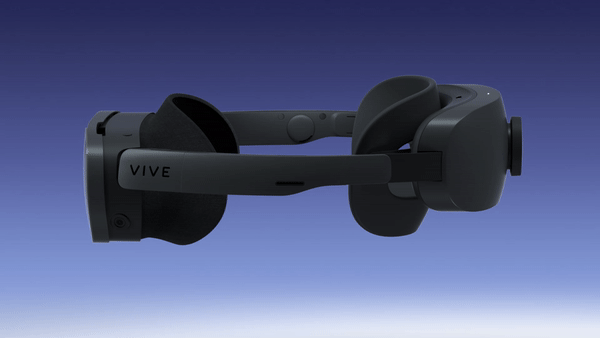
We love how the Vive XR Elite lets you remove the rear battery section and convert it to a glasses-style layout, as long as you plug in a charging cable. If Meta had some way to hot-swapp the battery or remove it entirely for a glasses-like design, it would definitely feel both “professional” and innovative.
If not, it must Adding a top strap is acceptable even if it’s advertised as “optional” like the Vision Pro’s double loop strap. For heavy XR headphones, this is the only way to counteract pressure on the forehead and back of the head, and the Quest Pro misses this sorely.
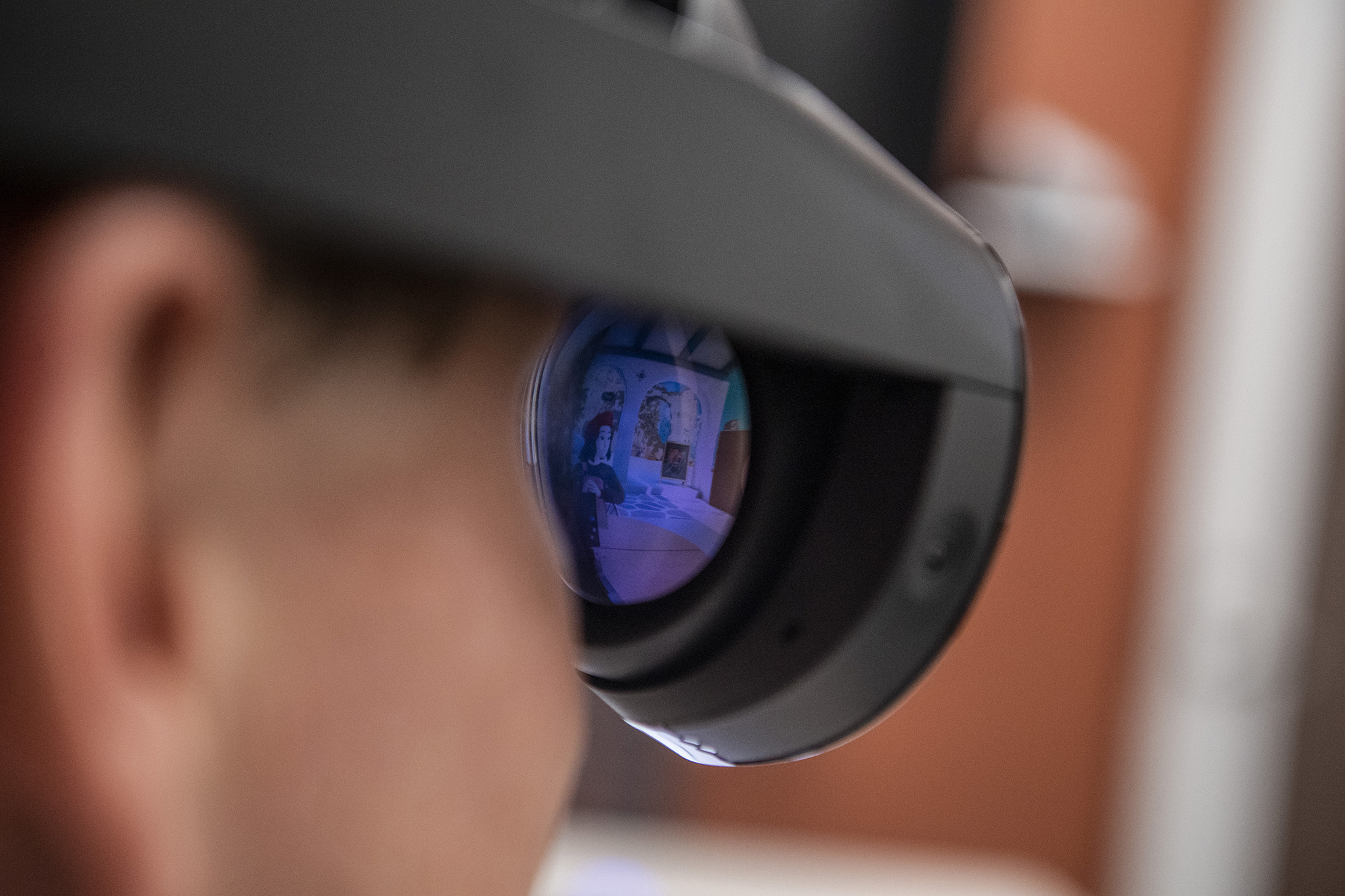
Beyond that, we really liked how the original Quest Pro kept your peripheral vision unobstructed, so you were aware of your surroundings even in “VR” mode. We hope Meta retains this design rather than imitating Apple’s isolated and closed design.
LG’s job is very clear (literally)
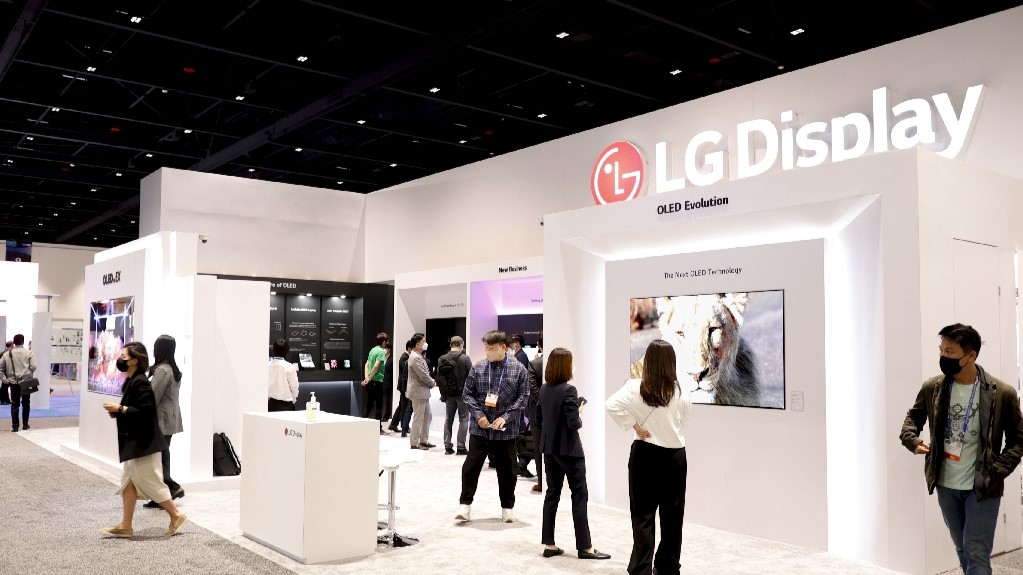
One area where LG can help Meta improve is the Quest Pro 2’s display quality. Now that the Vision Pro offers a 23-megapixel display and a 6.5MP pass-through camera, the Meta is expected to come close to those numbers. That’s where LG comes in, hoping to deliver a crystal-clear display.
A low-resolution display or low-resolution passthrough will only increase eye strain when you’re working in mixed reality, so no one will want to wear the Quest Pro 2 long enough to be useful. Ideally, Meta and LG will find a way to deal with the motion blur issue when turning your head – something many Vision Pro users noticed when using the tiny OLED display.
In a perfect world, Meta would use the zoom lens prototype shown off last year. They’re lenses that automatically focus on whatever you’re looking at, rather than having a fixed focus, which really helps with eye strain. We just don’t know if this technology will work on the Quest Pro 2.
Laptop-class price requires laptop-class speed
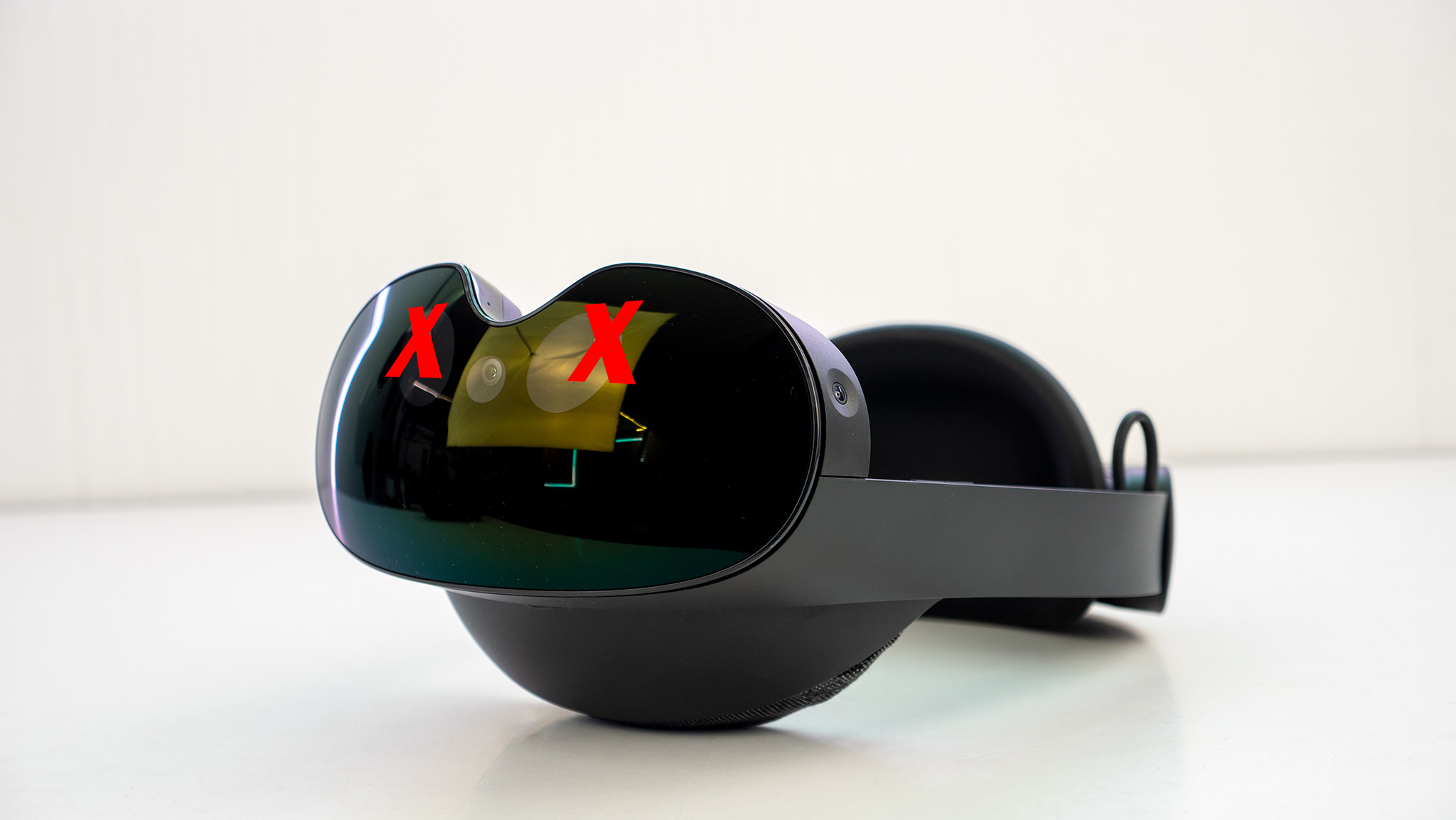
Snapdragon XR2 chips are basically redesigned versions of the Snapdragon 8 chips found in flagship Android phones, and are slower because they need to track a bunch of cameras at the same time. They’re great for VR gaming, but that might not be enough.
Why? Because Apple equipped Vision Pro with the M2 chip used in MacBook Pro laptops. It would be easier to charge people laptop-level prices if it had the features to match, and people buying mixed reality headsets are very focused on specs.
Meta should consider giving this space computer an actual one instead of using the Snapdragon XR2+ Gen 2 computer chip, comparable to Snapdragon X Elite. Of course, the challenge will be delivering more power, consistent wireless battery life, and reliable cooling. Let’s hope Meta and Qualcomm can solve this problem!
Lack of apps could be the Quest Pro 2’s Achilles’ heel
The biggest issue with the Quest Pro compared to the hardware is the lack of apps. You basically pay $1,500 plus tax, strap a 1.6-pound computer to your head, and work on the Oculus web browser.
Now, with the price rising, and Google making an impossible request for Meta to access the Play Store, Meta has to figure out what it’s going to do with the Quest Pro 2, since the Quest 3 also has full-color mixed reality capabilities. Only then will anyone but VR superfans consider buying it.
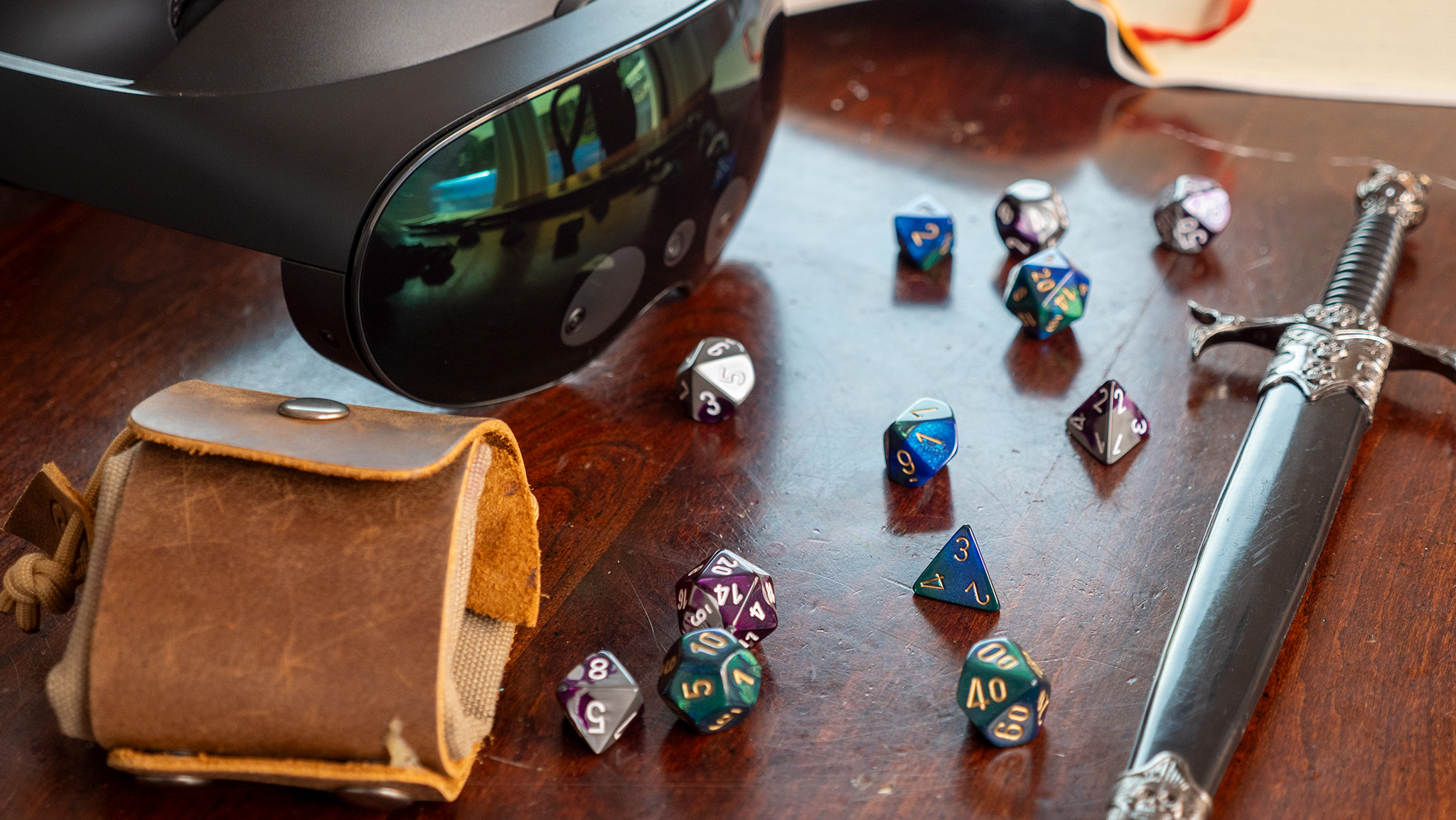
If Meta Quest Pro 2’s main focus is productivity, it needs to have space-specific apps outside the box. Meta’s partnership with Microsoft took more than a year to launch Microsoft apps on Quest, and the original Quest Pro was a flop. Its promise to launch a series of PWA apps for productivity services like Slack in 2021 also never materialized. By 2025, we hope Meta will be able to offer even more services.
Another angle could be to make the Quest Pro 2 the equivalent of a portable LG TV, with an LG-made display and interface and all the streaming services you’d expect, upgraded with a spatial 3D interface. The only problem is that Apple itself has been struggling to get brands like Netflix and YouTube into the Vision Pro app, and we’re not sure Meta will do any better.
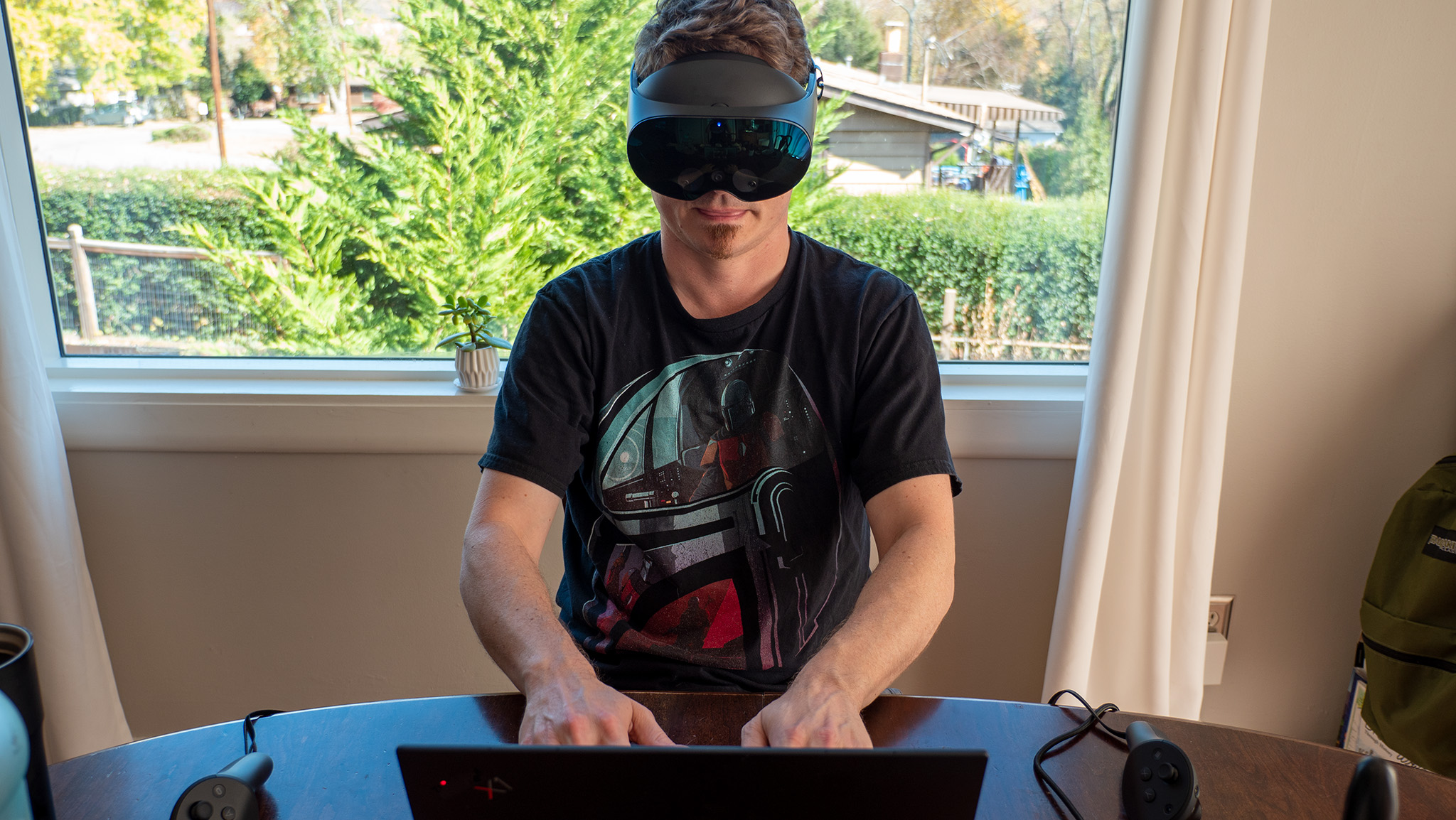
Our theory is that Meta and Microsoft should work more closely to allow the Quest Pro 2 to pair directly with a PC.
Meta may want people to work in its own software, but it has to acknowledge the fact that most people work on a PC, Apple, or Chromebook, and the latter two ecosystems are too closely tied to competitors with their own XR agendas. Despite all the difficulties Microsoft has encountered with the Hololens, it may be more willing to integrate the Quest Pro more closely with the PC. Meta would also have less pressure to find productivity apps if people could rely solely on their own computer’s software.
Quest Pro 2 is (supposedly) about a year away from release, well before Quest 4. Considering how leaky Meta’s offices have been in the past, we’ll undoubtedly have a clearer idea of how the Quest Pro 2 will perform. The design and software will be improved, with an early release likely at Meta Connect 2024 this fall.
What can the Meta do (if anything) to make you spend $2,000 on a Quest Pro 2? Do you have any special requirements for headset design, software or functionality? Or do you think competitors like Samsung’s XR glasses or Vision Pro are more attractive?